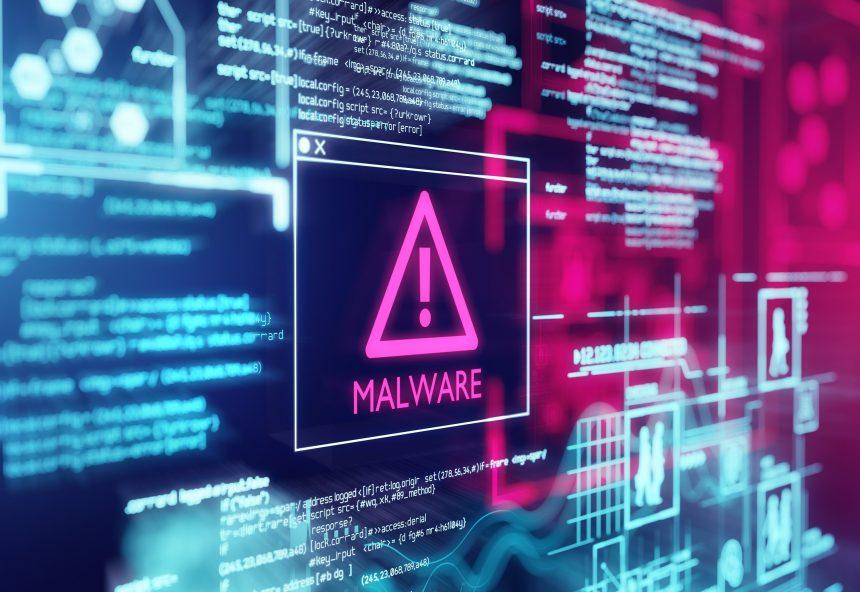In the ever-evolving landscape of cyber threats, the Expiro virus stands out as a particularly insidious and pervasive malware strain. This sophisticated threat has been known to wreak havoc on systems, causing significant damage and posing a serious risk to both individual users and organizations alike. In this article, we’ll delve into the intricacies of the Expiro virus, exploring its origins, actions, consequences, detection methods, and, most importantly, how to effectively remove it from infected systems.
Introduction to the Expiro Virus
The Expiro virus, also known as Win32/Expiro or Expiro.DX, is a type of malicious software designed to infect Windows operating systems. First discovered several years ago, Expiro has since evolved and mutated, with new variants continuously emerging to evade detection and prolong its destructive capabilities.
Actions and Consequences of the Expiro Virus
Once it infiltrates a system, the Expiro virus engages in a range of malicious activities, including but not limited to:
- File Encryption: Expiro has the ability to encrypt files on the infected system, rendering them inaccessible to the user. This can lead to data loss and potentially catastrophic consequences for individuals and organizations, particularly if critical files or sensitive information are encrypted.
- System Modification: The virus may modify system settings and registry entries, compromising the stability and security of the infected system. This can result in erratic behavior, performance issues, and susceptibility to further malware infections.
- Propagation: Expiro is known to spread rapidly through various means, including email attachments, malicious websites, infected files shared over networks, and removable storage devices. Its ability to self-replicate makes it particularly difficult to contain and eradicate.
- Remote Access: Some variants of Expiro are equipped with remote access capabilities, allowing cybercriminals to gain unauthorized control over infected systems. This can be exploited for various malicious purposes, such as theft of sensitive information, surveillance, or further propagation of malware.
Detection and Similar Threats
Detecting and identifying the Expiro virus can be challenging due to its sophisticated evasion techniques and constantly evolving nature. Antivirus software may detect Expiro under various names, including but not limited to:
- Win32/Expiro
- Expiro.DX
- Trojan.Expiro
- W32/Expiro
- Trojan.Win32.Expiro
Similar threats to Expiro include other Trojan horse malware strains such as:
- Zeus
- Emotet
- TrickBot
- Dridex
Removal Guide for the Expiro Virus
Removing the Expiro virus from an infected system requires a systematic approach and careful execution. Here’s a comprehensive guide to removing Expiro manually:
- Enter Safe Mode: Restart the infected computer and repeatedly press the F8 key during the boot process to access the advanced boot options menu. Select “Safe Mode” from the list and press Enter.
- Terminate Malicious Processes: Press Ctrl + Shift + Esc to open the Task Manager. Identify any suspicious processes associated with Expiro or unfamiliar applications consuming high CPU or memory resources. Right-click on these processes and select “End Task.”
- Delete Malicious Files: Navigate to the following directories and delete any files associated with Expiro:
- C:\Windows\System32
- C:\Program Files
- C:\Users[Your Username]\AppData\Roaming
- C:\Users[Your Username]\AppData\Local
- C:\Users[Your Username]\Downloads
- Remove Registry Entries: Press Windows + R, type “regedit,” and press Enter to open the Registry Editor. Navigate to the following registry keys and delete any entries related to Expiro:
- HKEY_LOCAL_MACHINE\Software
- HKEY_CURRENT_USER\Software
- HKEY_CURRENT_USER\Software\Microsoft\Windows\CurrentVersion\Run
- HKEY_CURRENT_USER\Software\Microsoft\Windows\CurrentVersion\RunOnce
- Reset Browser Settings: If your web browser has been compromised by Expiro, reset its settings to default to remove any malicious extensions or modifications.
- Scan for Remaining Threats: Use a reputable antivirus or anti-malware software to perform a full system scan and ensure that all traces of Expiro have been eradicated.
Best Practices for Prevention
Preventing future infections by malware like Expiro requires a proactive approach to cybersecurity. Here are some best practices to minimize the risk of infection:
- Keep Software Updated: Regularly update your operating system, software applications, and antivirus definitions to patch security vulnerabilities and defend against emerging threats.
- Exercise Caution Online: Be wary of suspicious emails, links, attachments, and websites, especially those from unknown or untrusted sources. Avoid downloading files from unreliable sources and be cautious when clicking on ads or pop-ups.
- Enable Firewall Protection: Activate the built-in firewall on your operating system or install a reputable third-party firewall to monitor and control incoming and outgoing network traffic.
- Use Strong Passwords: Create strong, unique passwords for your accounts and avoid using the same password across multiple platforms. Consider using a password manager to securely store and manage your passwords.
- Backup Your Data: Regularly back up your important files and data to an external storage device or cloud service. In the event of a malware infection or data loss, you can restore your files from backup without paying ransom or suffering irreversible damage.
By implementing these preventive measures and remaining vigilant against evolving cyber threats, you can significantly reduce the risk of falling victim to malware like Expiro and safeguard your digital assets and privacy.





